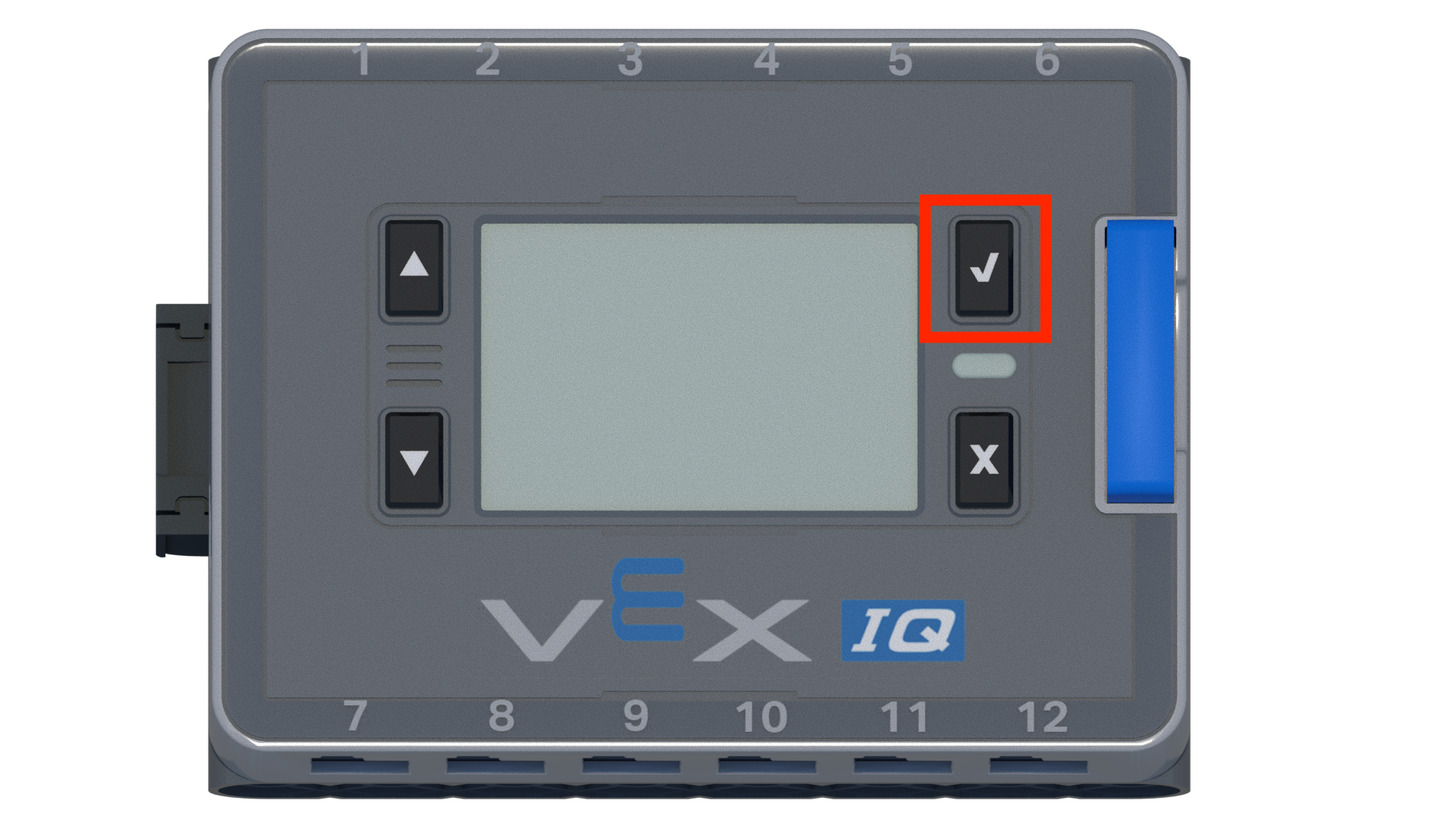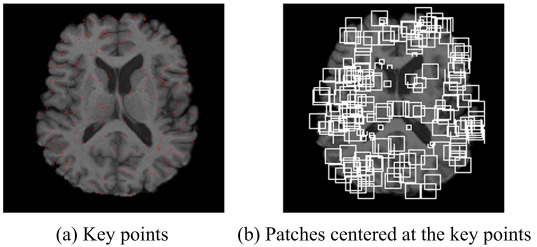

Delgado refined the technique, developing the first “dialytrode” in which a solution was slowly perfused through a dialysis bag and carried to a site immediately accessible to the experimenter ( Delgado et al., 1972).

The concept of using a dialysis bag to collect samples from small interstitial tissue, such as the brain, was first introduced by Bito et al. Initial studies measuring transmitter release in anesthetized and freely moving behaving animals employed the push-pull technique developed by Gaddum (1961) and Myers (1972). Step-by-step instructions for the planning and execution of conventional and quantitative microdialysis experiments are provided. Several areas of special note, including impact of tissue trauma on the interpretation of microdialysis results, are discussed. The authors review the theoretical principles underlying the microdialysis process, methods available for estimating extracellular concentration from dialysis samples (i.e., relative recovery), the various factors that affect the estimate of in vivo relative recovery, and the importance of determining in vivo relative recovery to data interpretation. This unit provides a brief review of the history of microdialysis and its general application in the neurosciences. More recently, it has been used in tissue preparations for quantification of neurotransmitter release. It is a widely used method in neuroscience and is one of the few techniques available that permits quantification of neurotransmitters, peptides, and hormones in the behaving animal. The technique of microdialysis enables sampling and collecting of small-molecular-weight substances from the interstitial space.


 0 kommentar(er)
0 kommentar(er)
